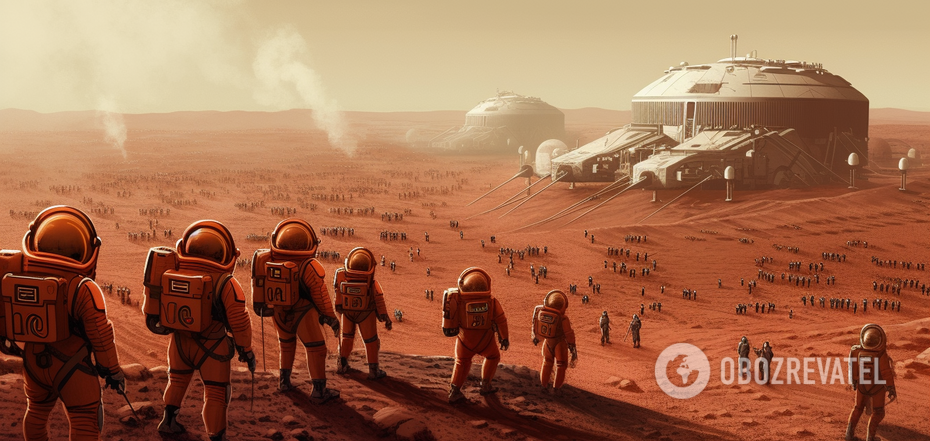News
AI-powered robot created a catalyst for producing oxygen on Mars: humans would have spent 2,000 years to do it
China has created a robotic chemist equipped with artificial intelligence that has independently developed a catalyst for producing oxygen from minerals found in Martian meteorites. The same procedure could be used to provide oxygen to astronauts on Mars.
The invention is described in a study published in Nature Synthesis. This technology could be a real breakthrough for the study of the red planet as it would be extremely expensive to send materials to the future Martian colony by spacecraft.
One of the study's authors, Yi Luo from the China University of Science and Technology, and his colleagues created a fully automated chemistry robot that used a powerful laser to analyze the chemical composition of five Martian meteorites found on Earth. The analysis revealed six elements in significant amounts: iron, nickel, calcium, magnesium, aluminum, and manganese.
All of these elements are also found on Earth, but we don't use them to make oxygen simply because we have better options.
"These six elements are not the best for this type of catalyst, and that limits their performance, but that's what's available on Mars," Luo explained.
According to him, there are more than 3.7 million different combinations of Martian elements. If scientists were to test them manually to figure out which one would work best for oxygen production, it could take more than 2,000 years, according to Luo, "if each round of testing took about 5 hours."
However, the robot used artificial intelligence to determine which combination of elements would be the best catalyst for producing oxygen. It then manufactured and tested more than 200 catalysts using brine and carbon dioxide as raw materials. The entire study took the robot only 2 months.
The AI chemist achieved its results by analyzing the composition of Martian ores using lasers instead of eyes, sending the data to its "brain" for processing. The AI managed to create a working model of a catalyst that can stably produce oxygen without any visible degradation at the Mars temperature of -37 degrees.
According to the researchers, only 15 hours of solar exposure are needed to create a sufficient concentration of oxygen necessary for human survival.
"In the future, people will be able to create an oxygen factory on Mars with the help of a robot chemist. This breakthrough technology brings us one step closer to realizing our dream of living on Mars," the researchers believe.
Earlier, OBOZ.UA reported that scientists have found a tricky way to safely settle people on Mars.
Subscribe to OBOZ.UA on Telegram and Viber to keep up with the latest events.



























